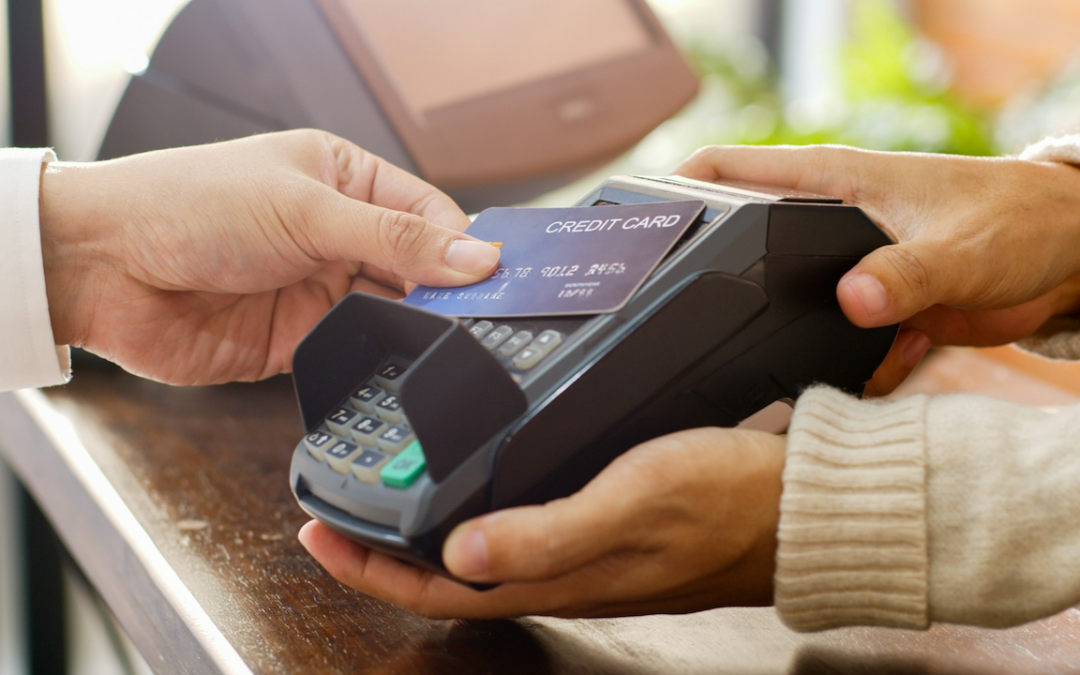There are nearly as many ways to pay and be paid as there are types of small businesses.
But there’s one common thread connecting both Main Street businesses and the payment mechanisms they employ: the need to secure those payments without creating checkout frictions that end up turning away good customers.
And with 2024’s National Small Business week underway, securing payments is top of mind for merchants and businesses across America. That’s because small businesses face unique challenges when it comes to securing payments and are increasingly targeted by cybercriminals and bad actors due to their often-limited security measures and resources.
Small businesses can easily go out of business after suffering just a couple fraud instances — but the labor, time and resource lift of establishing an effective deterrent to fraudsters is frequently out of reach to the businesses that could benefit from them the most.
After all, keeping up with rapid technological advancements can be costly and challenging for small businesses, particularly those without dedicated IT departments, while finding skilled employees with the manpower to manage things like fraud prevention — much less offering competitive wages and benefits to retain them — can be difficult, especially in industries with high turnover rates.
As transactions increasingly move online, the risks associated with digital payments multiply for merchants. For small businesses, the importance of effective payment security across various payment methods such as credit/debit cards, online payments and mobile transactions can’t be overstated.
Fortunately, small businesses are not alone in their battle against bad actors.
Read more: Cybercriminals Are Invading Corporate Inboxes: What Small Businesses Can Do
Improving Payments Authorization and Risk Management
The typical customer craves convenience, and wherever they shop, they will have preferences for the payment types they want to use — they may want to pay online, in-person or over the phone, or with a digital wallet, or even using another mechanism like crypto.
But while offering multiple payment options is one of the best ways to ensure a positive experience and drive repeat business, it also makes payment security more complex for small businesses.
“It’s a continuous spectrum,” Michael Jabbara, global head of fraud services at Visa, told PYMNTS in an earlier discussion. “[Businesses need to] think about every interaction across multiple dimensions and think strategically about the appropriate safeguards to put in place to reduce potential incidents of fraud.”
When it comes to online transactions, PYMNTS Intelligence revealed that 95% of merchants surveyed for “Fraud Management in Online Transactions” said they have already begun enhancing their anti-fraud capabilities — or they are planning to start soon. Crucially, 93% of surveyed businesses said that by improving security innovations, the customer experience also improved.
“At the end of the day, everyone has a budget in place for acceptable fraud losses — but no has a limit in place for the number of new customers they want to acquire,” Bryan Lewis, CEO of Intellicheck, wrote in the new PYMNTS eBook, “The Implications of Uncertainty.”
His advice for businesses?
“You create strategies designed for customers, not fraudsters. This creates lower-friction processes that do not make your real customers feel like criminals. This leads to lower abandonment and increased conversion rates — customers are no longer frustrated by your KYC processes,” Lewis said.
Read more: Scaling Effective Cyber Hygiene Throughout Your Business
Embracing Modern Strategies to Protect Modern Payments
Dewald Nolte, chief strategy officer at Entersekt, said 3-D Secure (3DS), the security protocol that was refreshed seven years ago, is an essential tool in fighting fraud. At a high level, 3DS is designed to act as an equivalent to EMV chips and PIN cards, he told PYMNTS.
Other emerging security solutions are poised to help power small business growth while protecting payments from breaking or illicit activity. One such advance is tokenization, which conceals card details at every stage of the transaction, from the merchant to the PSP (payment service provider)/acquirer to the card network all the way to the issuer.
“We’ve seen payments evolve, and they will continue to evolve, but network tokenization improves the digital commerce experience by providing a more secure transaction, as well as helping merchants reduce payment breakage,” Valeri Vanourek, vice president, digital products at Discover Global Network, told PYMNTS. “The card member is able to transact more securely because [tokenization] isn’t exposing the 16-digit primary account number [PAN] on the front or back of a card in the payment rails and throughout the transaction process.”
And network tokens, generated automatically by card networks such as Mastercard, Discover and Visa, offer exceptional added fraud protection and a security advantage: PYMNTS Intelligence finds the use of network tokens produce an average fraud reduction of 26%.
But at the end of the day, it is up to small businesses to perform a self-assessment and identify what the preferred payment mechanisms are for their own, unique customer cohort — and then take the steps, and partner with the right vendors, to ensure those payment workflows and their data are as secure as possible.
Despite all preventive measures, fraud can still occur. It is equally crucial for small businesses to have a response plan in place outlining steps to take if fraud is detected, including reporting the incident to the appropriate authorities and notifying affected customers.
For all PYMNTS B2B coverage, subscribe to the daily B2B Newsletter.






